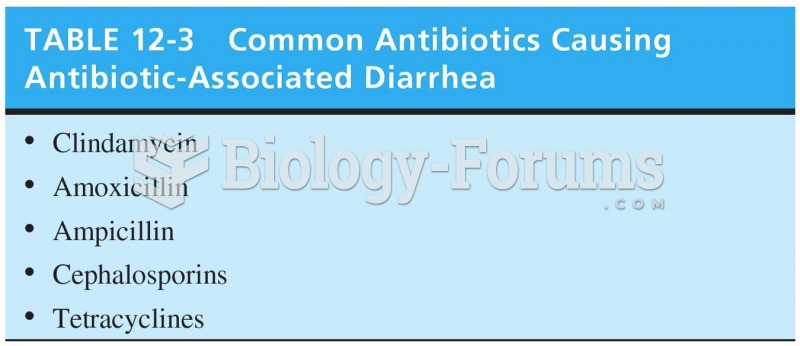|
|
|
Medication errors are three times higher among children and infants than with adults.
In the United States, there is a birth every 8 seconds, according to the U.S. Census Bureau's Population Clock.
Bacteria have flourished on the earth for over three billion years. They were the first life forms on the planet.
In inpatient settings, adverse drug events account for an estimated one in three of all hospital adverse events. They affect approximately 2 million hospital stays every year, and prolong hospital stays by between one and five days.
More than 50% of American adults have oral herpes, which is commonly known as "cold sores" or "fever blisters." The herpes virus can be active on the skin surface without showing any signs or causing any symptoms.







